Birding Trail
Even in an urban environment, we can see thriving wildlife when we’re careful to be aware of the living things around us. Edinburgh and its surrounding areas are a particularly interesting environment for birds, and encompass many sites for birdwatching, particularly along the seashore. But Edinburgh’s bird life also can take us to more unexpected locations, such as the museum or a random street.
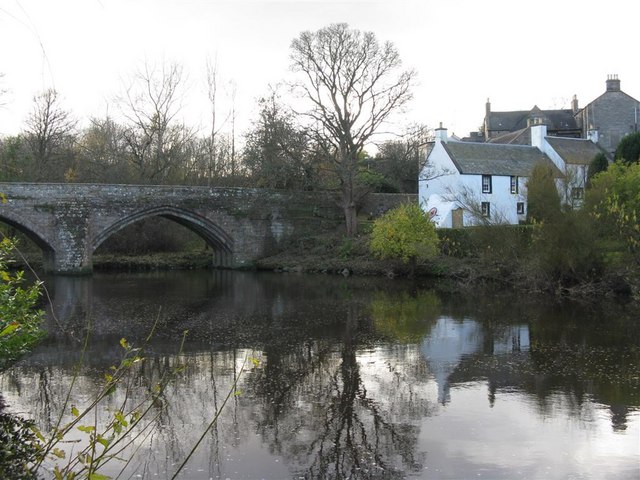 | River Almond Walkway The River Almond Walkway follows the shores of the River Almond from Cramond Village. It is a great place to observe ducks, grebes and, in particular, the Dipper, a small river bird known to enjoy bathing and jumping in the water. More… |
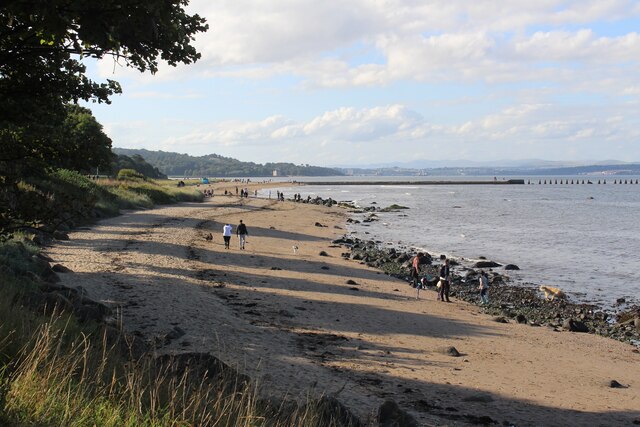 | Cramond Shore Cramond Shore, up until the Silverknowes Beach, is a great place to observe many waders during low tide, and even occasionally Common Shelducks. During high tide, it is also interesting to witness some winter visitors like the Red-throated Diver. More… |
 | Cramond Island Cramond Island is one of many along the Firth of Forth; it can be reached on low tide following a bridge, the Cramond Causeway. More… |
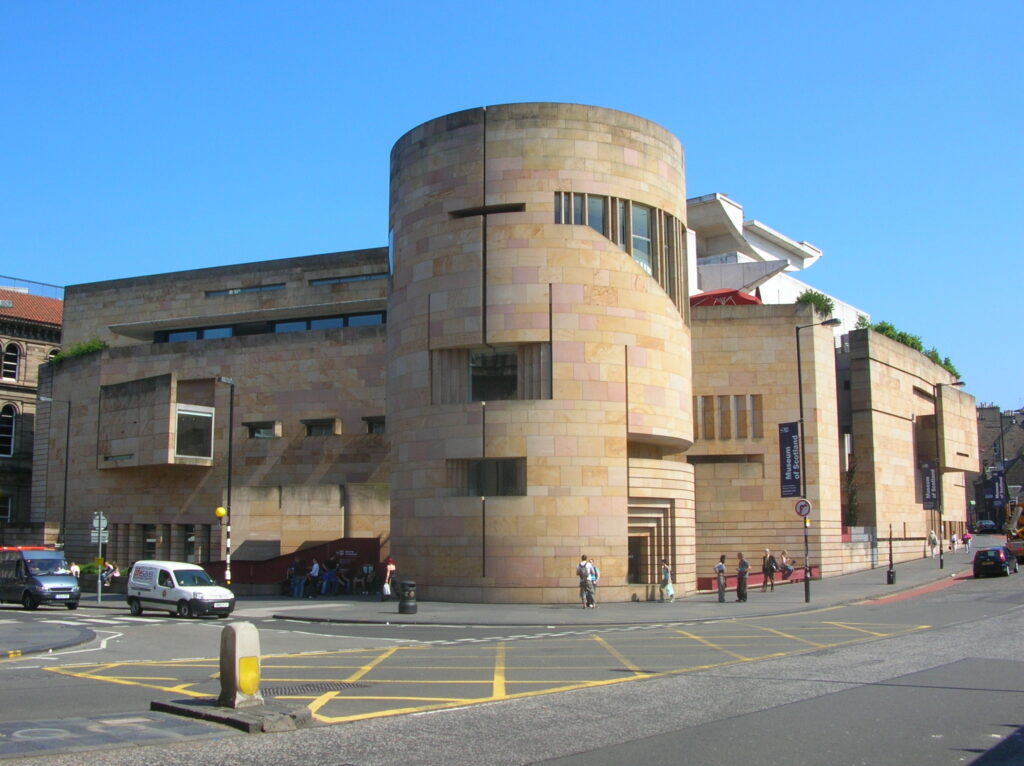 | National Museum of Scotland The National Museum of Scotland hosts a collection of birds donated by two of Scotland’s pioneering ornithologists… More… |
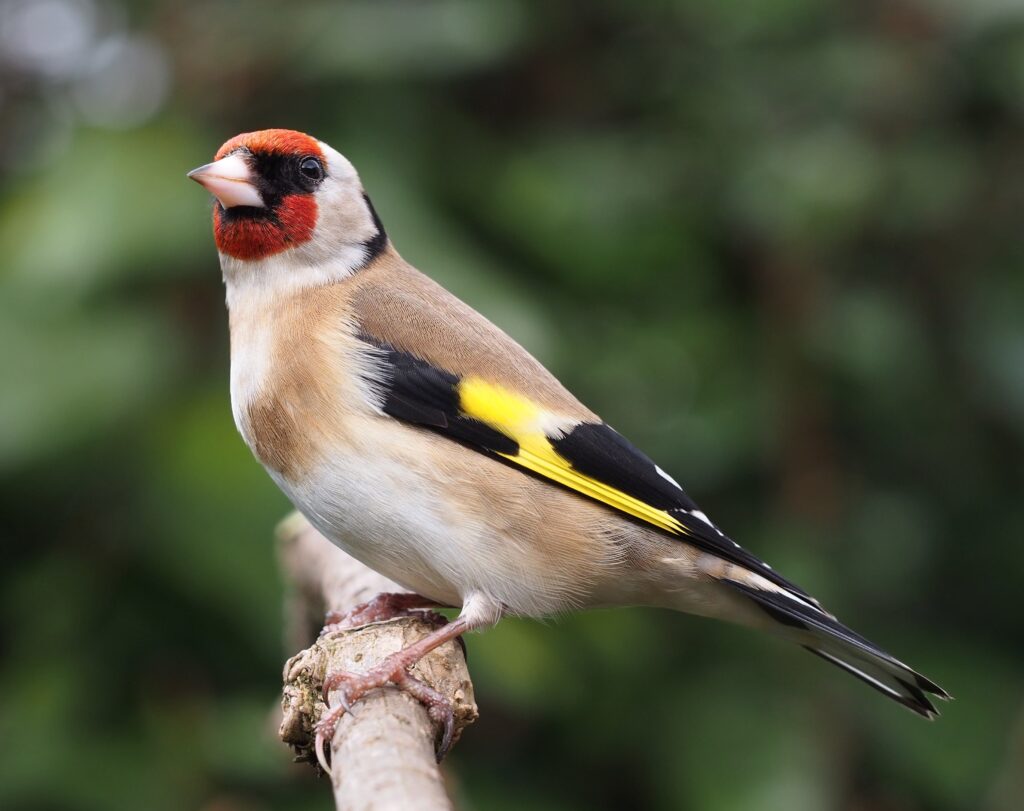 | Bird Nest Box in Abbeyhill Just in front of the Holyrood Palace gardens, this nest box is among many in Edinburgh and may be easily missed as you walk to the nearby Holyrood Palace or Scottish Parliament. More… |
 | Duddingston Loch Located on the southern side of Holyrood Park, in the heart of Edinburgh, the Duddingston Loch is a great place to have a close encounter with several species of ducks and geese, and perhaps even spot some wintering migrants like the Great Northern Diver. More… |
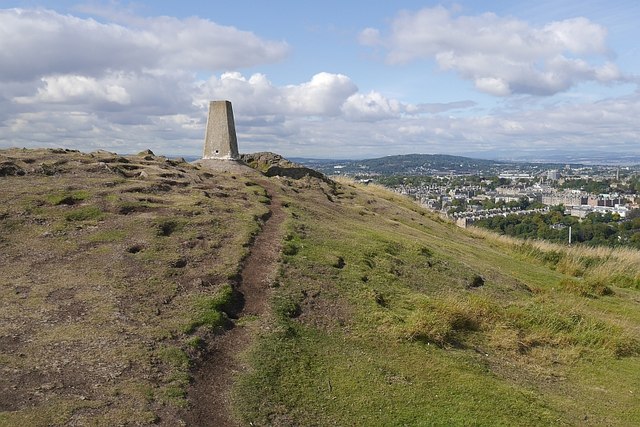 | Hermitage of Braid and Blackford Hill The Hermitage of Braid and Blackford Hill Nature Reserve offers some characteristic birdwatching of the woodlands. More… |
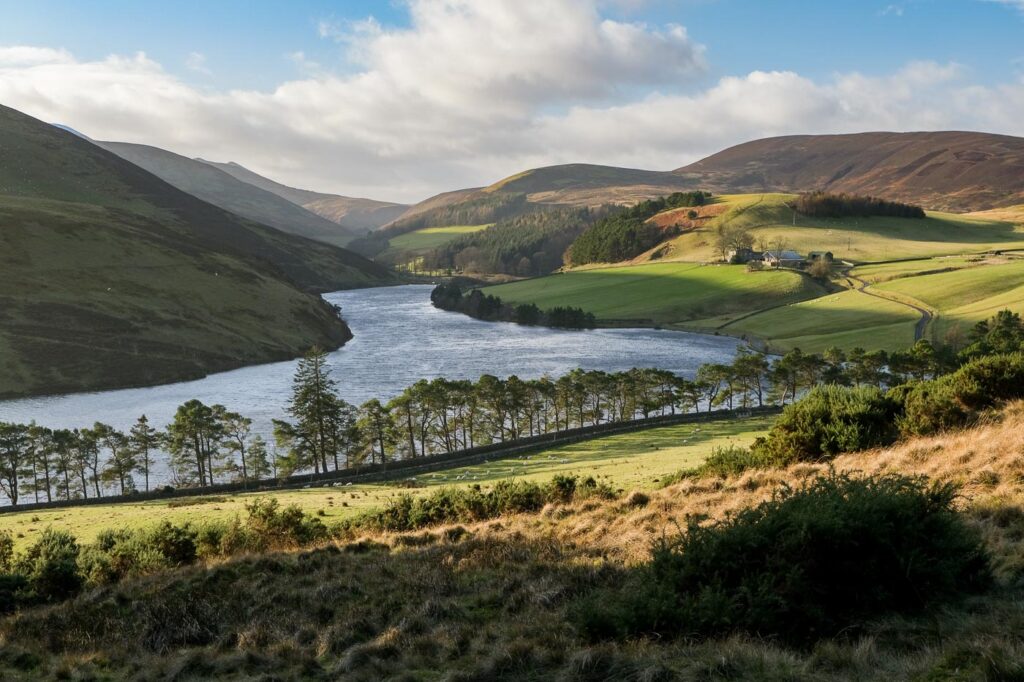 | Pentland Hills Regional Park (Flotterstone to Threipmuir) Located south of Edinburgh, the Pentland Hills Regional Park is a good area to get a glimpse of the Scottish mountains wildlife without going to the Highlands. More… |
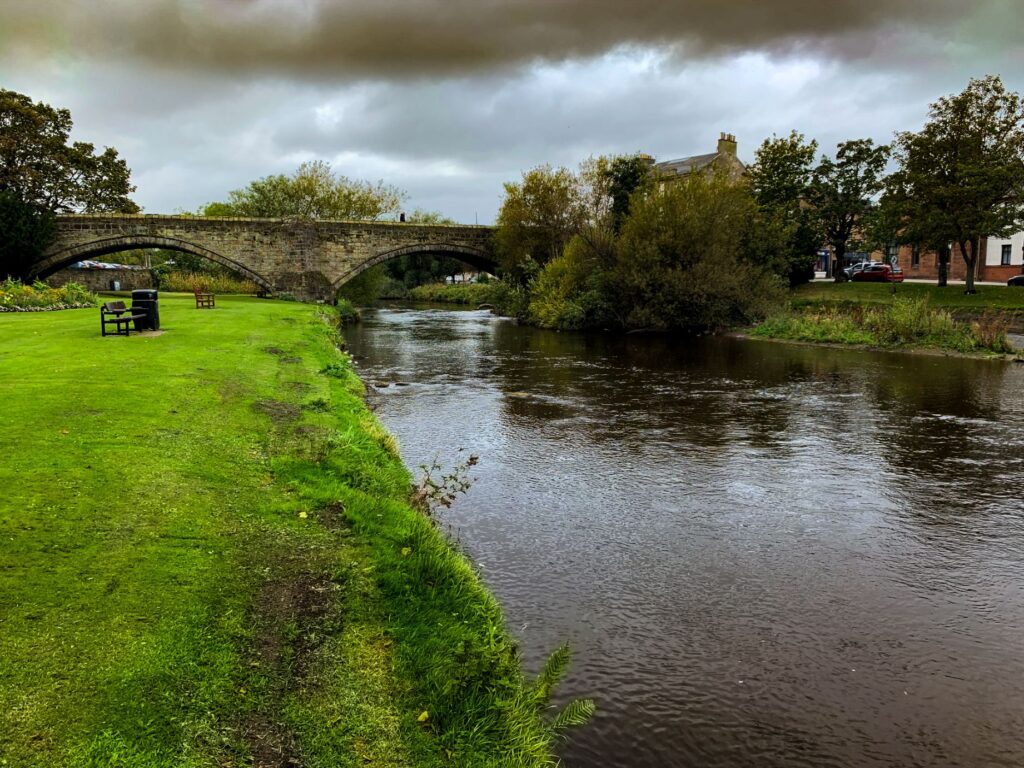 | River Esk Mouth Running through Midlothian and East Lothian, the River Esk ends in the neighbouring city of Musselburgh. More… |
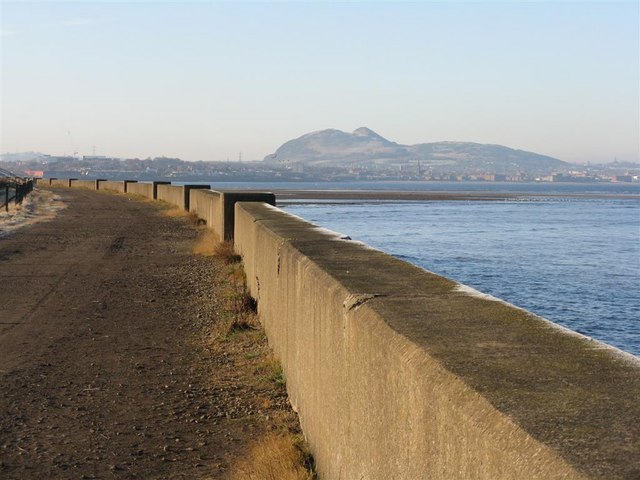 | Musselburgh Lagoons Following the path along the shore beyond the River Esk, the Musselburgh Lagoons is one of the most famous birdwatching sites in the Lothians. More… |
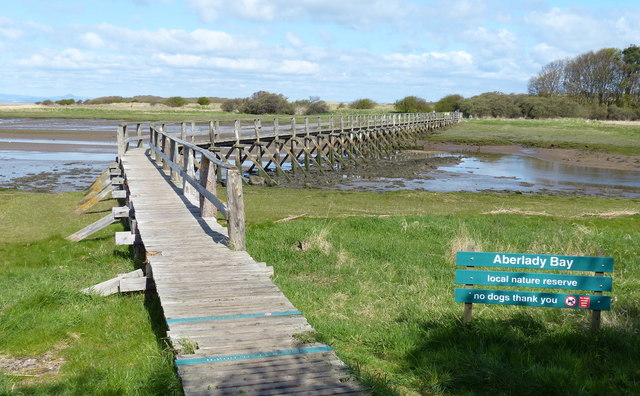 | Aberlady Bay Local Nature Reserve In 1952, Aberlady Bay was the first site to be designated a Nature Reserve in the UK. More… |
 | Waterston House and Scottish Ornithologists’ Club Headquarters The Waterston House is the headquarters of the Scottish Ornithologists’ Club (SOC). More… |
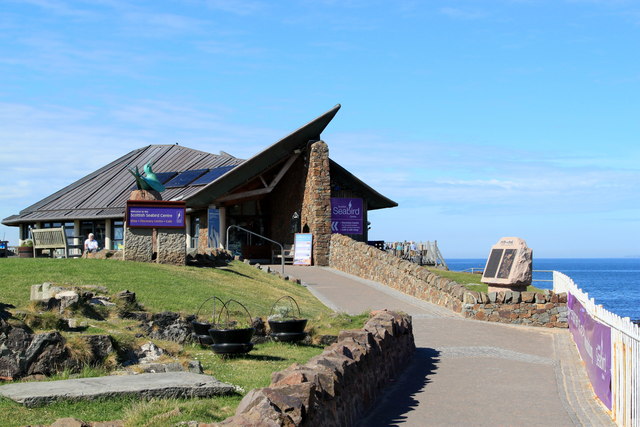 | Scottish Seabird Centre The Scottish Seabird Centre was opened in North Berwick by a team of local ornithologists in May 2000. More… |
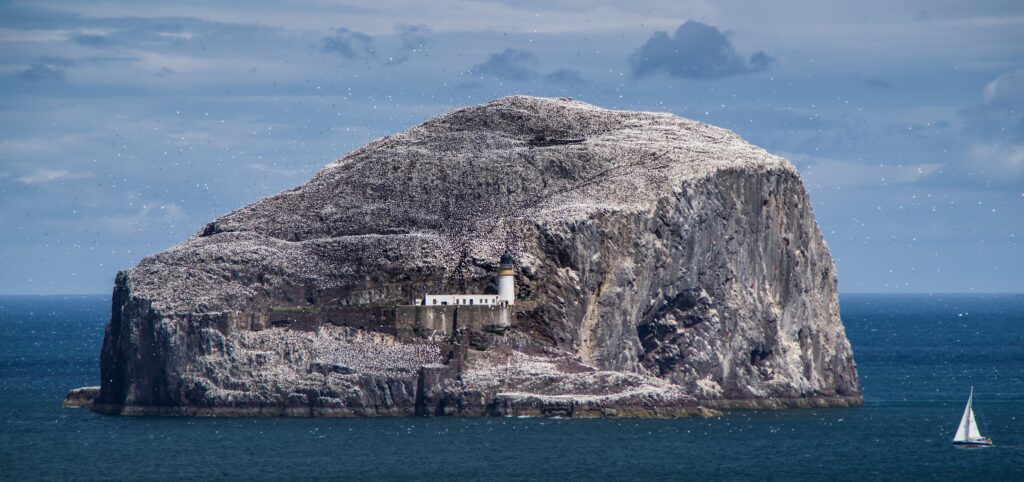 | Bass Rock Bass Rock is an uninhabited island which lies in the Firth of Forth off North Berwick. More… |
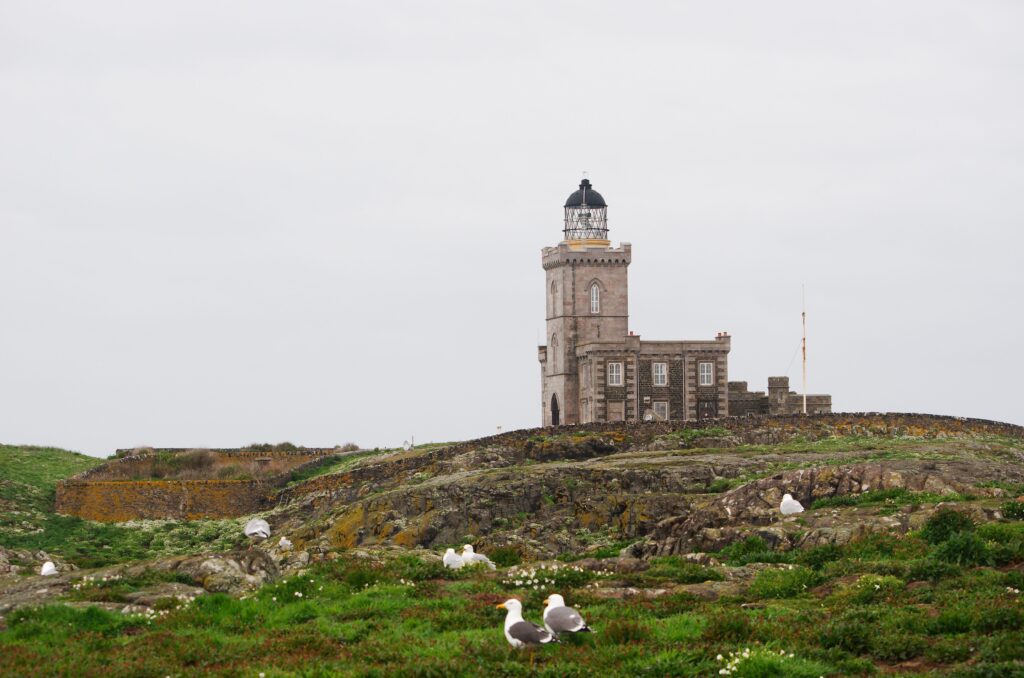 | The Isle of May National Nature Reserve As of 1956, the Isle of May is one of Scotland’s 45 National Nature Reserves and belongs to NatureScot. More… |
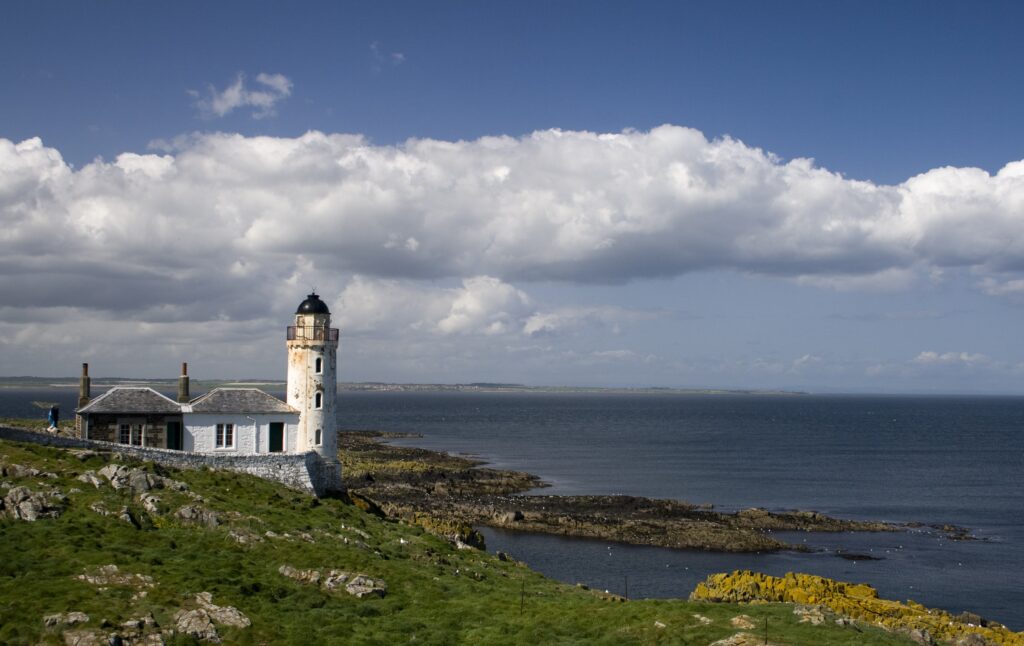 | The Isle of May Bird Observatory Founded in 1934 in one of the two lighthouses of the island, the Isle of May Bird Observatory is Scotland’s oldest bird observatory. More… |
This tour is developed by Mayline Strouk who is doing her PhD on migrating birds and the ornithologists who study them at Science, Technology and Innovation Studies (STIS) of the University of Edinburgh. To learn more about her work, you can listen to the Coastal Knowledge podcast on birds.
